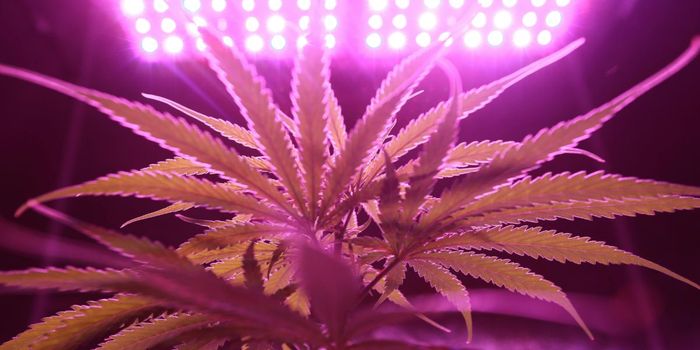Recognizing Heat Stress, Exhaustion, and Stroke
Vast swaths of the world are dealing with unprecedented heat, as temperature records fall in numerous countries. High temperatures can cause a range of physical problems for people, and heat has been blamed for the deaths of more Americans than any other weather even including floods, according to the National Weather Service. Recent studies have shown that hot temperatures are causing deaths around the world. When the body cannot cool itself effectively, which becomes a serious problem during high humidity, the risk of death increases dramatically. Wet bulb temperature is measured as the temperature of a thermometer wrapped in a wet cloth. It's been thought that wet bulb temperatures of 35C (95F) could be fatal. Last year, a study in the Journal of Applied Physiology suggested that the fatal wet bulb temperature could be even lower than 35C.
Heat can be exhausting for people of any age. You can help protect yourself and your family by using different strategies to keep cool, like staying in an air-conditioned area during the hottest times of the day, hydrating with cool drinks, and taking breaks while working outside.
As a person exerts themselves, their core temperature starts to rise. Blood gets pumped away from hot organs and towards the skin, so blood vessels there can dilate to release heat, and sweat forms. But if humidity is very high, the sweat cannot evaporate. Or it may just be too hot, and this whole process becomes ineffective, causing a person to overheat.
There are ways to recognize when heat is making a person sick. Heat exhaustion may lead to heat stroke, which requires medical attention. "The management of heat stroke is giving them fluids and dunking them into a cool, ice water bath as quickly as possible," said Dr. Neha Raukar, a Mayo Clinic emergency medicine physician.
Heat stress is a general term that tends to encompass any health problems caused by heat, such as fainting, dizziness, or heat rash. If a person experiences this, they should take action to get cooler and hydrated. Water and sports drinks can be best, and caffeine should be avoided because it can contribute to dehydration. If heat stress has caused cramps that do not subside within an hour, medical attention should be sought.
When the body is hot, and depleted of water and electrolytes, additional symptoms can arise in a condition known as heat exhaustion. Symptoms may include fainting, irritability, headaches, weakness, nausea, vomiting, slurred speech, an high body temperature. Muscle tissue can start to break down in a condition called rhabdomyolysis.
Anyone experiencing heat exhaustion should be moved into air conditioning or a cooler area immediately. Small, frequent sips of cool liquids are recommended. If a person cannot be taken to the emergency room, it's appropriate to call 911.
The worst heat-related illness is heat stroke, and can indicate that a person may die from the heat. It sets in when the body is over 40C (104F), sweating stops, and it can no longer regulate its own temperature. Confusion, which might manifest as an altered mental state or weird behavior, is a symptom of heat stroke, noted Raukar. If a person isn't feeling right or has nausea, it's time for them to get some cool water, take a rest, and try to cool down. During heat stroke, core temperature may become as high as 42C (108F), and victims may lose consciousness or have seizures. Immediate medical attention is essential to prevent death or disability.
Sources: Mayo Clinic News Network, Centers for Disease Control and Prevention, Mayo Clinic, Cleveland Clinic









